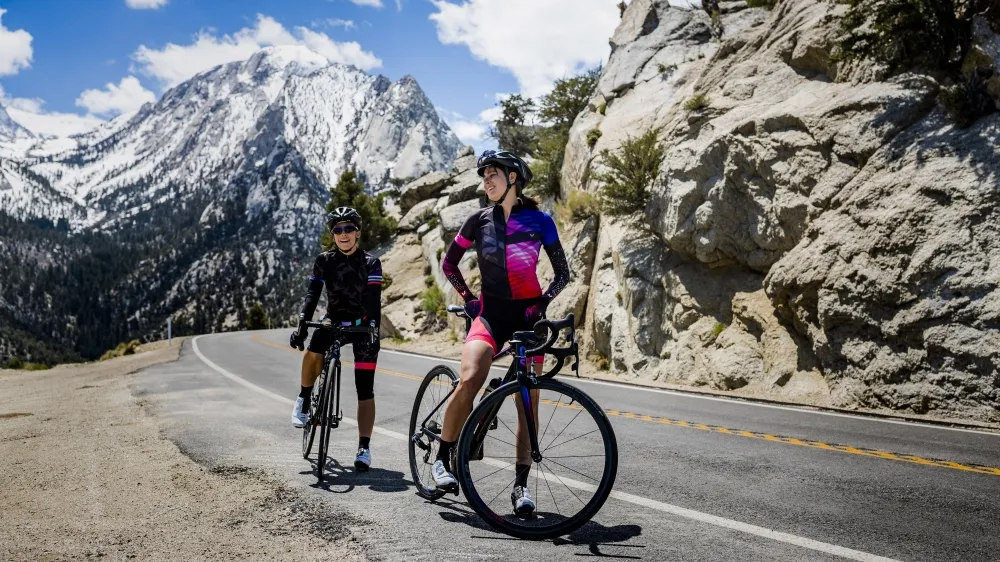This article has been produced in association with Liv Cycling
When it comes to taking your cycling up a notch, spending a bit extra on a few key items can really make a difference to your comfort and performance. But knowing what to think about and look for when making those purchases is also important.
- Advice for lady cyclists: don't race, don't join clubs, don't drink milk
- 10 simple strength and conditioning exercises you can do at home
- Women's cycling product reviews, news, interviews, advice and more on BikeRadar Women
BikeRadar spoke to a number of experienced riders to discover their hints and tips, as well as getting the technical lowdown from the product developers at Liv Cycling. Here are the top bits of gear and clothing, as recommended by our experts, to help take your riding to the next level.
High-performance waterproof jacket
Road cyclists should consider a lightweight option that packs up small enough to be stowed in a jersey pocket, while mountain bikers should make sure their jackets have room for layers underneath and allow for freedom of moment.
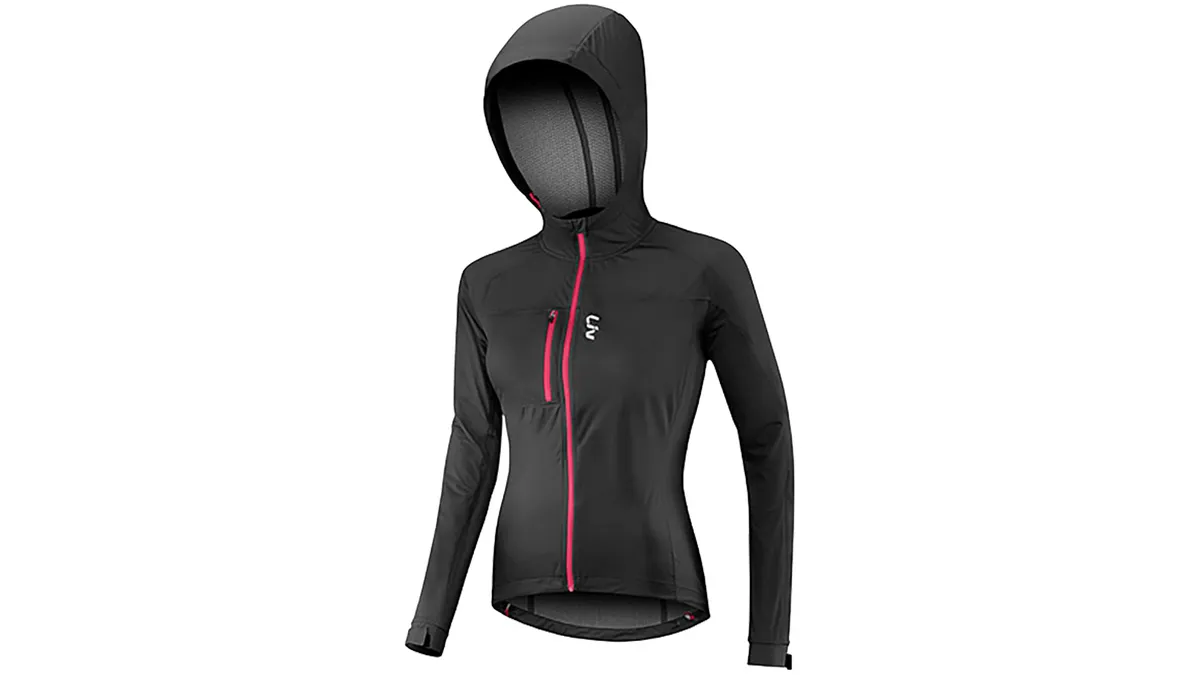
Stepping up your riding means going out whatever the weather. A good waterproof will keep you dry at the same time as regulating your temperature and allowing sweat to evaporate.And the more you spend on a waterproof, the better it will protect you.
The design experts at Liv Cycling explain some of the key terminology and technology used in high-quality jackets, so you know what to look for:
Waterproof rating
Most jackets aren’t 100% waterproof as sweat needs to be able to evaporate out, so instead they have a waterproof membrane or layer.
A waterproof rating of 10,000 mmH2O is enough for cycling, anything higher than this is designed for extreme sports. This measurement means the garment is able to withstand being permeated by 10,000 mm of water in a column over a stretched portion of the fabric.
Breathability
This is one of the most important things to consider the harder you exert yourself and therefore sweat. For a jacket to feel comfortable, that moisture needs to be able to evaporate away.
The breathability of a fabric measured in g/m²/24 hours, tells you how many grams of moisture vapour can pass through a square metre of the material in 24 hours. The higher the rating, the better for athletic activities.
Water repellent
This is a hydrophobic surface coating or treatment that causes water to bead on the surface and run off, rather than absorb into the fibres. And, while it’s not as protective as waterproofing, it certainly helps.
Water repellency decreases with time, but there are wash-in treatments to restore it. The rating is often shown as something like 90/10, which means if you are out in the rain for 10 min, it will remain 90% effective.
Layers
Waterproof jackets comprise several membranes with different water-resistant and breathable properties. Jackets with two layers are lighter and breathable, while those with three layers have an additional membrane that isolates the waterproof layers from the skin and prevent them sticking to the skin.
Jersey

When you work hard in the saddle, your kit needs to as well.
For road cyclists, this means choosing a close-fitting jersey made of quality Lycra with a panelled construction and a full-length front zip. Also try to buy one with laser-cut sleeves as these sit more comfortably close to the skin.
Keen cyclist and personal trainer Alice Thomas opted for tighter-fitting kit as her riding progressed. “I used to go slightly bigger than my size,” she explains, “however, it makes all the difference having skin-tight kit that doesn’t get in the way of riding.”
She also recommends looking for jerseys with well-constructed rear pockets, so you can carry kit essentials, such as spare tubes, food, smartphone and money without the need for bulky saddle bags.
Tighter fitting kit also helps with aerodynamics. "The tighter the fit, the lower the wind drag force," explains the Liv product team.
Padded bib shorts
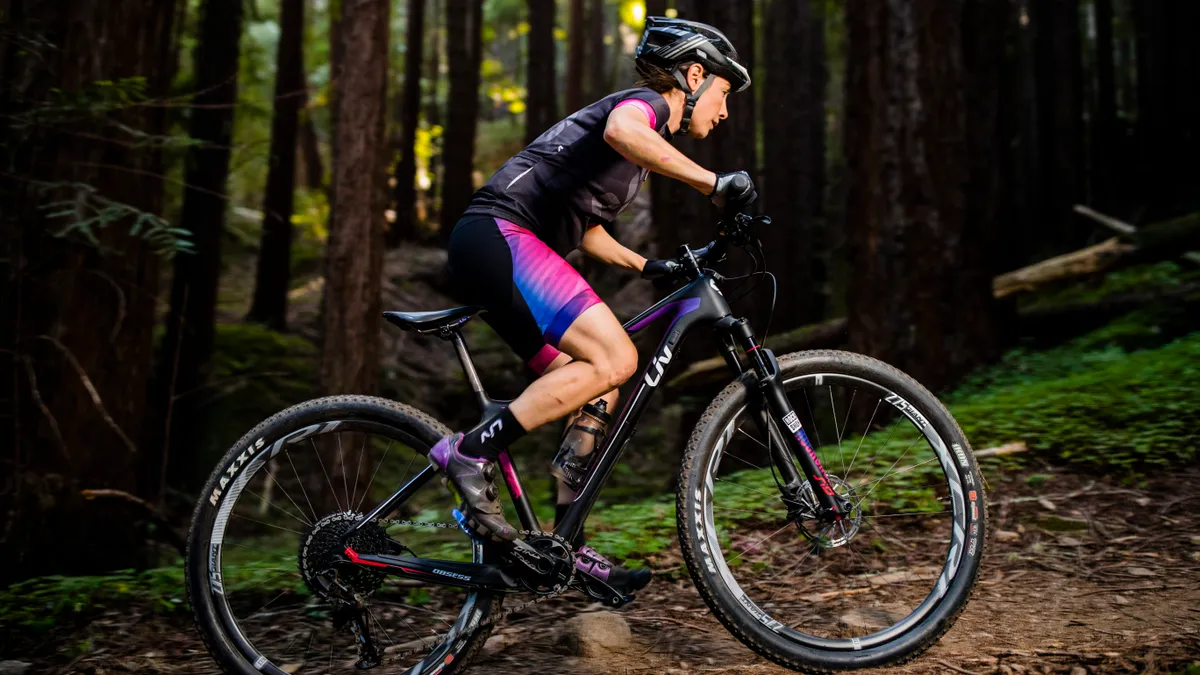
Alice Thomas suggests the best bib shorts are the ones you don’t notice wearing. "They should be comfortable, without chafing or shifting around," she says.
You should also make sure the straps sit on your shoulders without pulling and that the chamois has the correct thickness and density for you.
Bib shorts differ over standard shorts in a couple of ways. First, the straps ensure the shorts sit higher around your middle, and therefore don’t dig into your waist or roll down when you’re riding. Plus, they keep your lower back covered.
Liv’s product team suggest that you consider the following when choosing bib shorts:
Chamois
These vary to accommodate for male or female riders, riding type (road, mountain, commuting), distance and, in some cases, the rider sit-bone width. These factors influence the design of the pad, including the thickness, fabric and the foam or gel density.
Fabric
Look out for the quality of the Lycra including how stretchy, thick and compressive it is.
Fit
As well as the general fit, remember to consider the design of the straps. Liv, for example, have designs with a Y-shaped strap to suit female riders.
Leg cuffs
Look out for flexible fabric, as well as silicone grippers and wide bands to prevent squeezing or ‘sausage legs’.
Baggy shorts
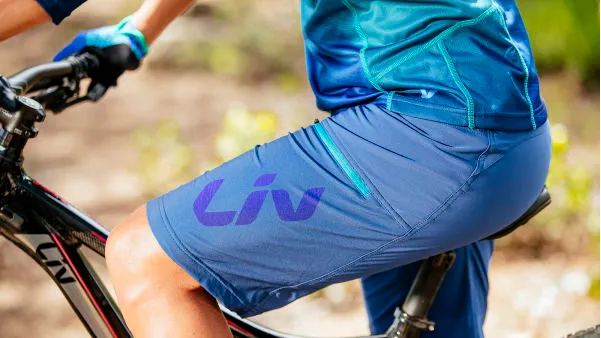
For mountain bikers, baggy shorts worn over a pair of padded shorts are a popular choice, and, as ever, it’s important to find a pair that fits well.
Alyssa Podesta, a mountain biker who enjoys competing in a range of discipline, lists buying the wrong length of baggy shorts as one of her big ‘kit fails’. “It sounds silly,” she says, “but it’s not fun when your shorts ride up and you have to keep pulling them down!”
Most shorts are constructed from a stretch fabric or with stretchy panels that allow the shorts to move with you.
Other features to look out for include pockets, ventilation, adjustable waistbands and, in some cases, padded liner shorts.
If you’re going to be riding in the wet, a set of waterproof shorts are essential. Meanwhile, downhillers (who tend to have a higher crash rate) should consider buying shorts made from a tough Cordura fabric.
Finally, remember to check the fit (if you can) to make sure there’s room for kneepads and impact shorts underneath, if you wear them.
Glasses
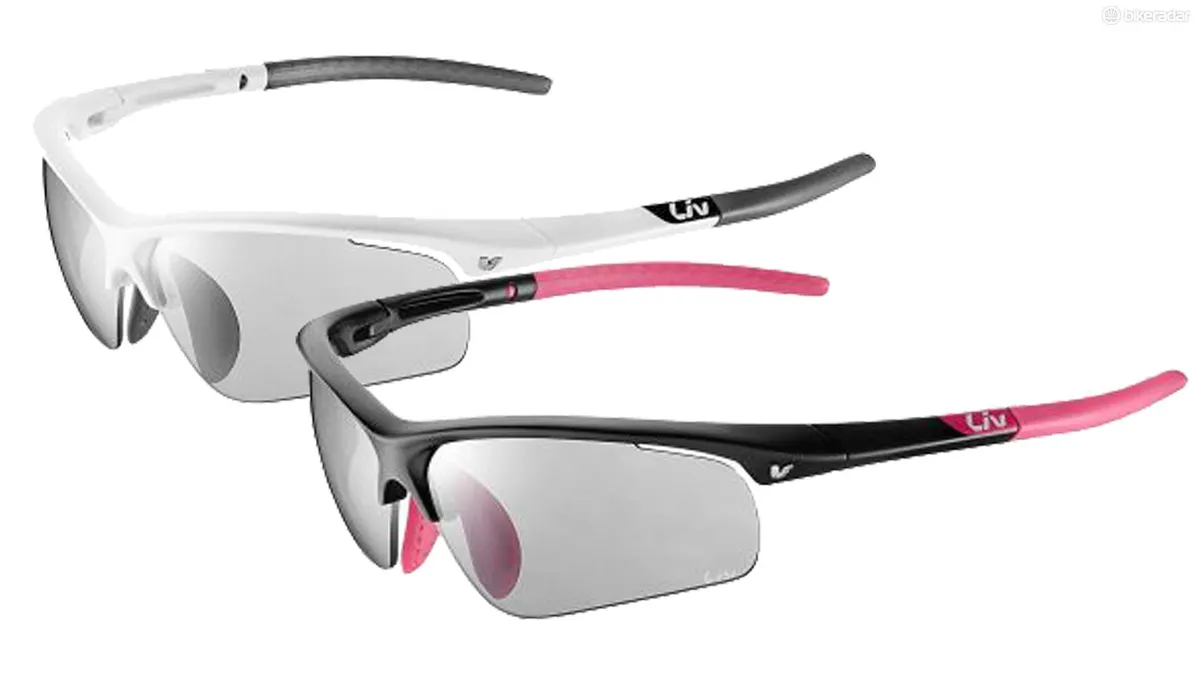
Clear vision is essential for any cyclist, whether they're on trail or road.
Cycling glasses usually come with interchangeable lenses so you can swap them out to suit the conditions. For mountain bikers in low-light conditions, that may simply be clear lenses.
For flat light, both road cyclists and mountain bikers may benefit from a yellow- or orange-tinted lens that boosts contrast, making it easier to see changes in the riding surface. Meanwhile, for bright-light conditions more heavily tinted lenses prevent the eyes from being dazzled.
Adaptive lenses, which change to suit the ambient light levels, are also a good all-round choice.
But, glasses also provide more than just protection from light. Alice Thomas explains: “I never used to wear glasses, but once when I was descending rapidly an insect flew into my eye. It was scary because I could only see out of one eye – I was going so fast, I couldn’t let my hands off the handlebars!”
As well as protecting from bugs, it also keeps grit, dust and mud out of your eyes too, so don’t ride without them!
Liv Cycling has a handy guide to help you work out which glasses in its range would work best for your needs.
Helmets and other protection
Helmets are an obvious consideration when you ride. The faster you go, and the more technical the terrain, the bigger the chance you have of falling with a greater impact.
The more cash you spend on a helmet, the more you'll get back in terms of a closer, more adjustable fit, as well as a lighter weight (particularly in the case of road helmets) and ventilation.
Other protection for mountain bikers includes knee pads and elbow pads, back protectors, body armour and full-face helmets.
Shoes
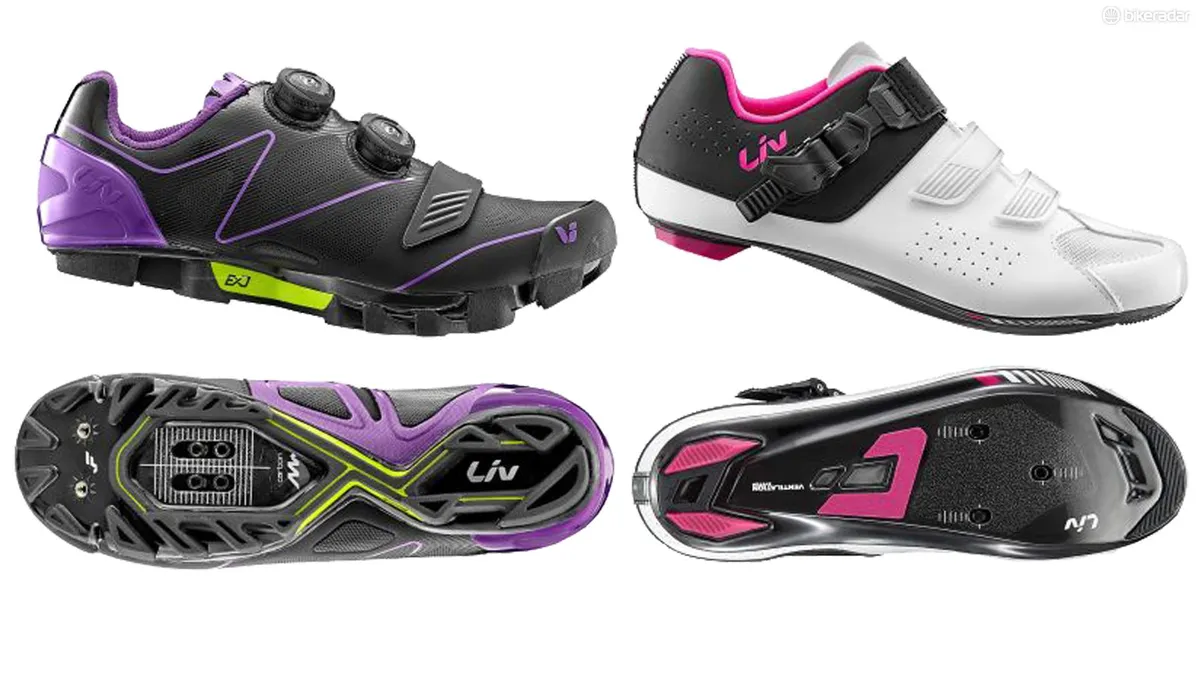
Shoes are one of the most important points of contact with the bike, essential for the efficient transfer of power from your legs to the drivetrain. Add to this the fact you’ll be wearing the shoes for extended periods with a very repetitive motion, and small niggles will soon add up.
For road cyclists, a stiff sole will help with power transfer, while a good-fitting upper with plenty of adjustment in the tightening mechanisms will ensure a good fit.
Mountain bikers are also concerned with grip, particularly if they ride with flat pedals rather than clipping in.
“I started off riding in trainers, thinking they would be fine,” shares Alyssa Podesta. “But buying proper mountain-biking shoes made a huge difference, as my feet finally stayed on the pedal and helped massively with pedalling!”
Caring for your kit

If you want to keep your new gear in good condition, you'll need to wash it according to the manufacturer's instructions (and avoid Velcro, which could pull the fibres in jerseys and shorts).
If you ride in wet conditions, especially off-road, the chances are you’ll spend a lot of time loading the washing machine. Alyssa Podesta recommends giving mud-coated kit a good shake out and a rinse before putting it in the machine.
“Top tip! I always keep the temperature low and avoid fabric conditioners,” she explains. “Fabric conditioner takes away the waterproofing on riding jackets. I also regularly re-waterproof my rain jacket with a wash-in waterproofer that goes in the washing machine with the jacket.”
There are many wash products available for your cycling gear, including those from Nikwax.
Finally, Alice Thomas has one last tip for removing oil marks from clothing: “Use washing-up liquid!” she says. "Put it on the mark and rub it gently with circular movements. Leave it for a few minutes, then put it in the wash. It works for me every time!”
